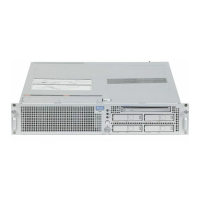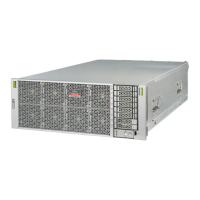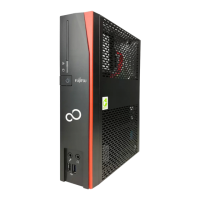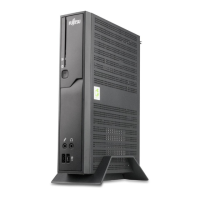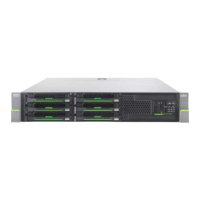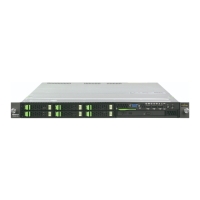3-4 SPARC Enterprise Mx000 Servers XSCF User’s Guide • January 2012
TABLE 3-1 lists the types of terminals connected to each port shown in FIGURE 3-1 and
corresponding port numbers.
TABLE 3-1 Types of Terminals Connected With XSCF
Port Terminal Type Port Number, Cable
XSCF-LAN port
(2 ports per XSCF
Unit)
[10/100 Mbps]
XSCF Shell terminal
• You can use the XSCF Shell with SSH or telnet connection.
• Either of the two XSCF-LAN ports can be used concurrently by
more than one user. (Note 1)
• Switching to the domain console is enabled by the console(8)
command. For details on changing these default keys, see the
description on the console(8) command.
• After login, if the XSCF Shell is not used for a certain period,
the user is forcibly logged out. For details on setting XSCF
session timeout, see the description on the setautologout(8)
command.
• To return to the shell window from the domain console, press
the "#" (default escape character) and “.” (period) while holding
down the Enter key. For details on changing these default keys,
see the description on the console(8) command.
SSH: 22
telnet: 23
A LAN cable is
required.
Domain console (RW console) (Note 2)
• OS console enabled for input and output. The RW console is
enabled by specifying a write-enabled console in the
console(8) command from the shell terminal.
• In one domain, only one user (one connection) at a time can use
the RW console.
• When you return to XSCF Shell console without logging out
from the domain, the return causes automatically logging out
from the domain. At this time, a background program is forced
to quit. To avoid the background program force-quit, return to
XSCF Shell console with logging out from the domain.
• For detailed instructions on setting the session timeout value
for domain console, see the Oracle Solaris OS manual.
Domain console (RO console)
• OS console used for display only. The RO console is enabled by
specifying a reference-only console in the console(8)
command from the shell terminal.
XSCF Web
• The XSCF Web can be used by specifying a URL in a browser.
https: 443
A LAN cable is
required.

